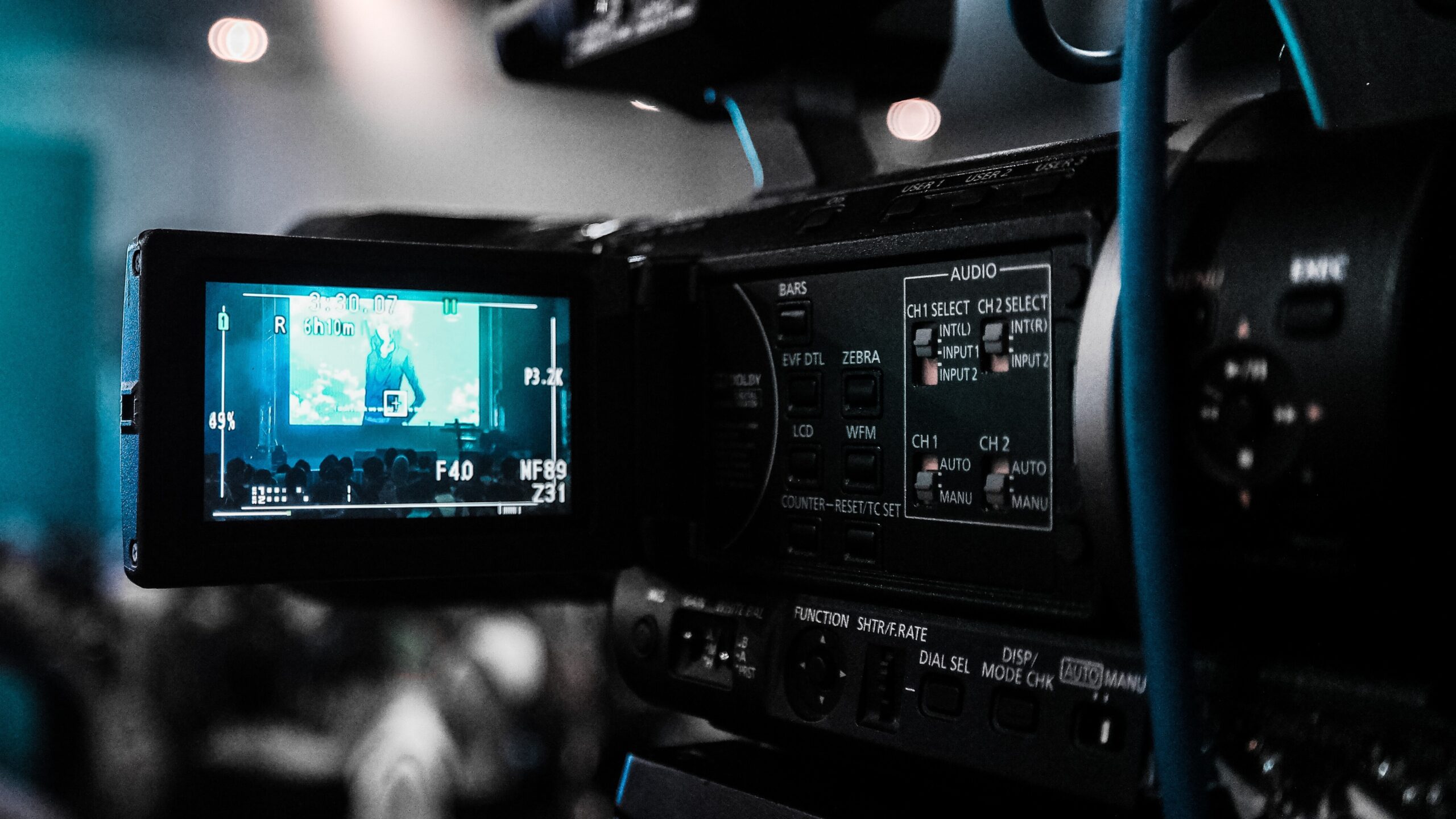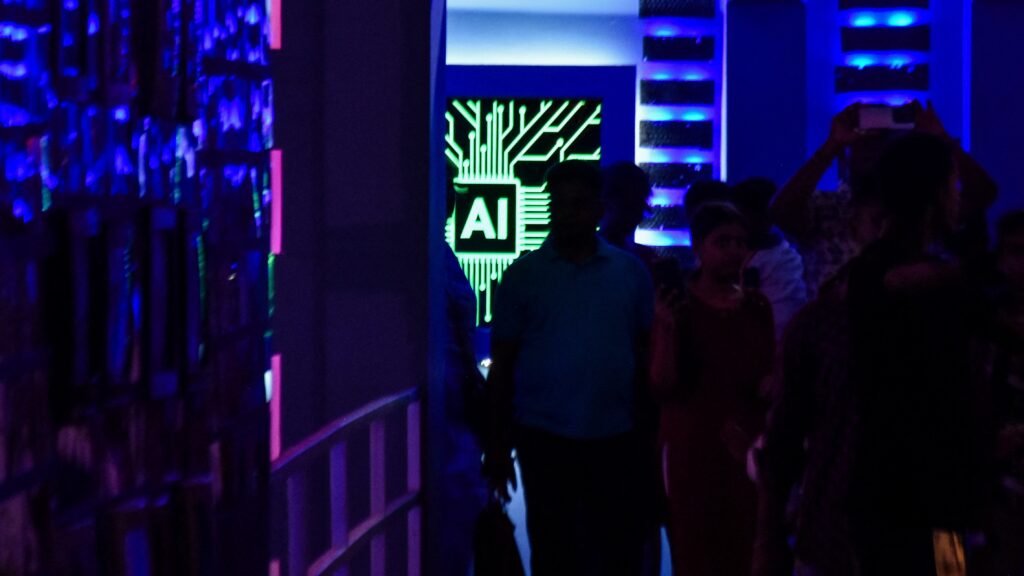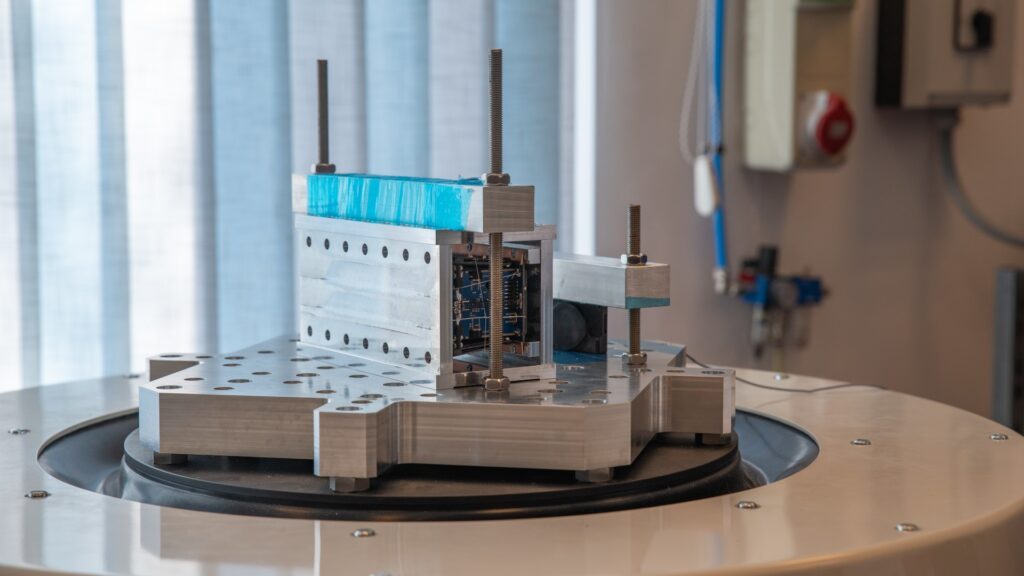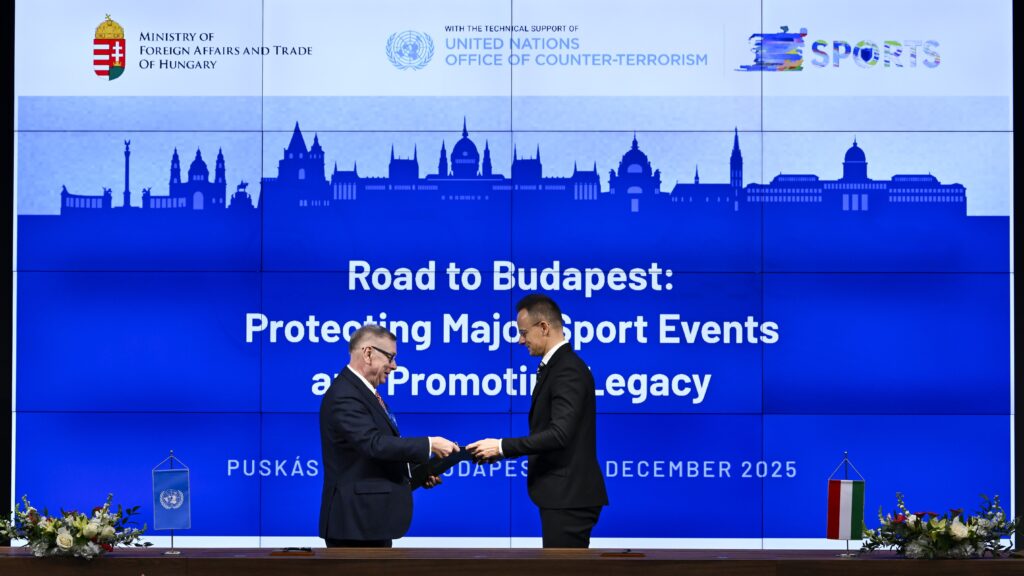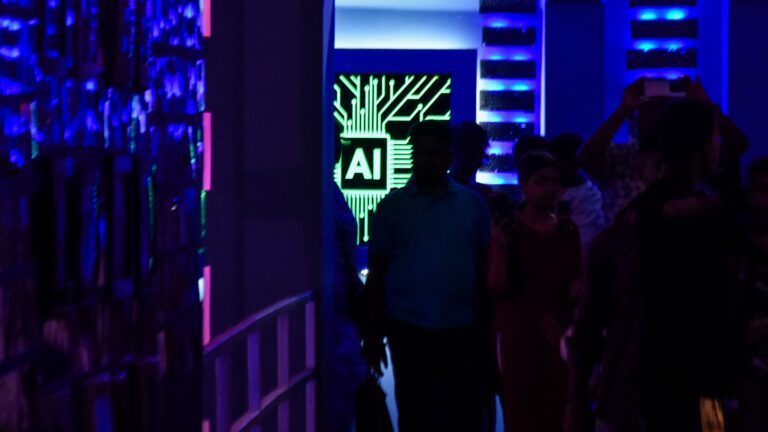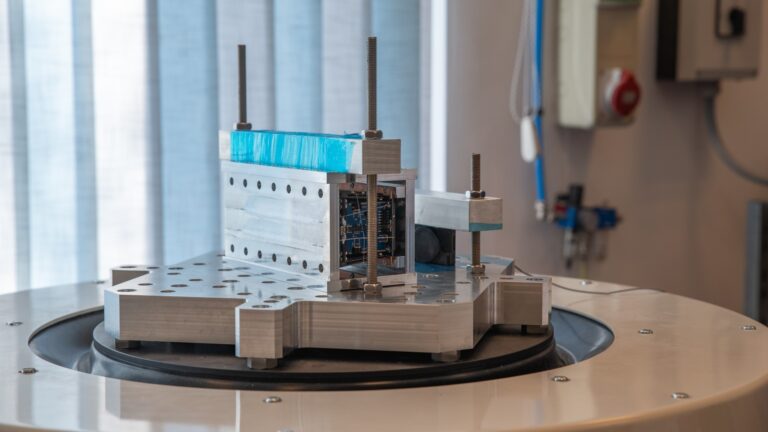What is the essence of deepfake technology? What economic, social, or technological dangers does it pose? And as users, how can we navigate a world where even our eyes can no longer be trusted? These are some of the questions explored by Gergely Ferenc Lendvai, an expert of the National Media and Infocommunications Authority (NMHH), and Arthur Keleti, a futurist and cyber security expert, in the latest episode of the NMHH Podcast.
According to a statement released by the Media Authority, Arthur Keleti, who joined the discussion online, jokingly posed the question: ‘Am I even real?’ at the outset. In fact, deepfake technology uses artificial intelligence to convincingly mimic people’s facial features, voices, and movements, creating almost perfect replicas, he highlighted. As deepfake videos become increasingly convincing, distinguishing reality from forgery is becoming more challenging. The dilemma is not only about determining whether the content we see is original or a computer-generated recording, but additional complications also arise from the increasingly frequent and severe precedents of deepfake usage in various fields, such as
the spread of disinformation or generated pornographic content.
Higgyek a szemeimnek? A deepfake-technológia – NMHH Podcast: Dr. Lendvai Gergely és Keleti Arthur
Az NMHH Podcast legfrissebb adásában Keleti Arthur, kiberbiztonsági szakértő, jövőkutató és dr. Lendvai Gergely Ferenc, az NMHH szakértője beszélgetnek a deepfake-technológia különböző aspektusairól. A deepfake mesterséges intelligencia segítségével képes valósághűen utánozni emberek arcvonásait, hangját és mozdulatait, ezáltal szinte tökéletes másolatokat készítve. A technológia fejlődésével a deepfake-videók egyre meggyőzőbbek, így egyre nehezebb megkülönböztetni a valóságot a hamisítványoktól.
What does the rise of deepfake technology foretell? What can we do to identify fake footage spreading like wildfire on the internet? These were the questions posed in the podcast. The episode aimed to help listeners better understand one of the greatest digital challenges of our time, deepfake.
The last three episodes of the first season of the NMHH Podcast have all been dedicated to the issue of online trust. Deepfake technology is a phenomenon that shakes that trust. Its algorithms are trained on vast datasets of images or audio recordings to learn how to generate new, highly realistic content that closely resembles the original source.
In practice, deepfake technology works by first analyzing the features of the target subject—such as their face, voice, and mannerisms. The system then generates a synthetic version of these features, which can be superimposed onto another person’s body in a video, or used to create fake audio or images. The result is a convincing but entirely fabricated representation of the subject, which can be used in various contexts, from entertainment to more malicious purposes like spreading disinformation or creating fraudulent content.
The NMHH Podcast is hosted by radio programme host and financial writer and blogger Endre Kántor. The seventh episode is now available on the authority’s YouTube and Spotify channels, as well as on the Apple podcast platform.
Related articles:
Sources: NMHH/Hungarian Conservative

